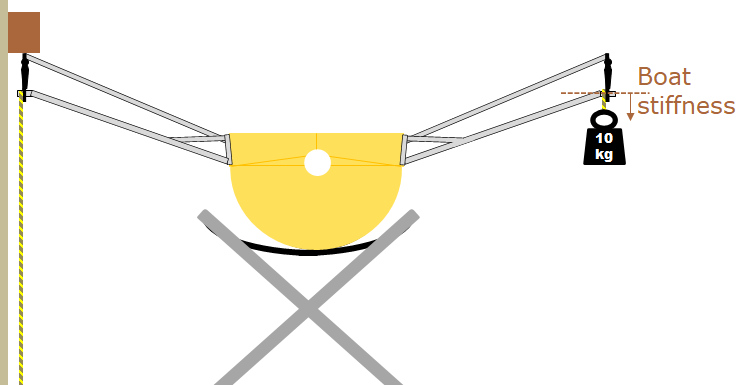
Measuring the stiffness of the boat with a fixed oarlock and a weight of 10 kilos
 |
Seat height |
 |
Oar balance point |
This article was translated automatically and is provided to you for free. You are most welcome to improve it!

Measuring the stiffness of the boat with a fixed oarlock and a weight of 10 kilos
 |
Seat height |
 |
Oar balance point |
This article was translated automatically and is provided to you for free. You are most welcome to improve it!